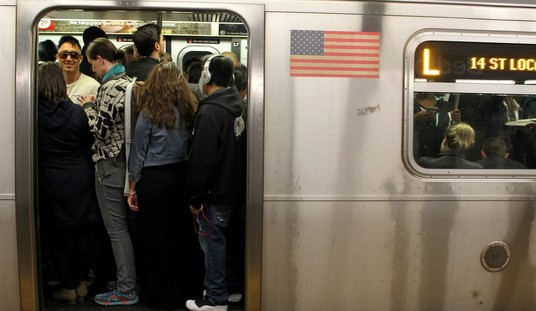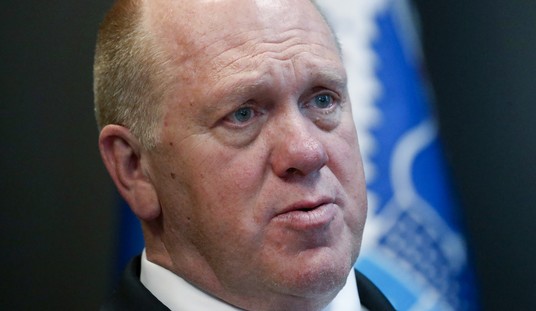WASHINGTON -- The Democratic-run investigative panel's 600-page report on what caused the financial crisis was promptly thrown onto a dusty shelf, where most congressional inquiries are soon forgotten, late last month.
From the beginning, the report's conclusions were tilted, placing much, if not most, of the blame on Wall Street, greedy lenders in the private sector and the lack of adequate federal regulation. Notably, it played down the government's central role in the mortgage scandal that drove the economy into a deep recession.
The Financial Crisis Inquiry Commission's six-member Democratic majority approved the report, while all four of the Republicans on the panel opposed it. The chief point of contention was the key role that Fannie Mae and Freddie Mac -- the government-created mortgage giants -- played in the financial collapse that toppled banks, shook Wall Street to its foundations and flattened the housing market.
The six Democrats maintained that while Fannie and Freddie played a role in the financial disaster, the major cause was Wall Street and the failure of government regulators and policymakers to do their jobs. The panel's Republican members said the facts showed that the two government-created agencies were in fact the chief cause of the crisis that led to their bankruptcy and federal takeover, costing the Treasury more than $130 billion to date.
In a strongly worded dissenting report from the GOP side of the commission, Peter J. Wallison of the American Enterprise Institute sharply criticized the Democratic majority for the way it conducted the inquiry -- overlooking key factors in government policies that led to much lower mortgage-lending standards for minority, low-income home buyers. Such policies burst the subprime mortgage bubble and led to the gargantuan number of home foreclosures that continue to this day.
Recommended
"From the beginning, the commission's investigation was limited to validating the standard narrative about the financial crisis -- that it was caused by deregulation or lack of regulation, weak risk management, predatory lending, unregulated derivatives, and greed on Wall Street. Other hypotheses were either never considered or were treated only superficially," Wallison wrote.
It wasn't Wall Street banks that led to the crisis, but government housing policy -- charted by Democratic leaders in Congress -- that pressured the Department of Housing and Urban Development and mortgage giants Fannie and Freddie to buy up massive numbers of high-risk, subprime mortgages provided to low-income and minority borrowers who couldn't afford them.
"If the U.S. government had not chosen this policy path -- fostering the growth of a bubble of unprecedented size and equally unprecedented number of weak and high-risk residential mortgages -- the great financial crisis of 2008 would never have occurred," Wallison said.
Among the volume of evidence Wallison offers in his dissent is a 2005 HUD report that openly admits: "(L)enders have been encouraged by HUD and banking regulators to increase lending to low-income and minority households ... Sometimes these borrowers are higher risk, with blemished credit histories and high debt or simply little savings for a down payment. Lenders have responded with low down payment loans and automated underwriting."
He charges that the Democrats who wrote the report refused to acknowledge the reckless role that government housing policy played in the run-up to the subprime mortgage collapse, which is still wreaking havoc in the nation's depressed housing industry and in the larger economy.
While Democrats have tried to lay the entire subprime collapse at the doorstep of George W. Bush's administration, the roots of the subprime scandal really go back to the Clinton administration in the early 1990s, when he and Democratic leaders were pushing policies that sharply raised the number of mortgages to minorities and low-income home buyers.
"In 1993 (home ownership) was 63 percent; by the end of the Clinton administration it was 68 percent. The growth in the Bush administration was about 1 percent," Wallison wrote in his analysis: "The True Origins of This Financial Crisis" in the February 2009 issue of The American Spectator.
The New York Times "reported in 1999 that Fannie Mae and Freddie Mac were under pressure from the Clinton administration to increase lending to minorities and low-income home buyers -- a policy that necessarily entailed higher risks. Can there really be a question ... where the push to reduce lending standards and boost home ownership came from?" he writes.
The two major policy culprits in the federal push to lower lending standards were the Community Reinvestment Act and what was known as the affordable housing "mission" that Freddie and Fannie were instructed to administer.
By the mid-1990s, under Clinton administration pressure, federal regulators created new lending rules under which banks had to show "that they had actually made a requisite number of loans to low-and moderate-income borrowers" by using "innovative or flexible" lending practices," Wallison writes.
HUD pressed for new mortgage lending policies under the 1994 National Homeownership Strategy developed at Clinton's request. Among its provisions, it called for "financing strategies, fueled by the creativity and resources of the private and public sectors, to help homeowners that lack cash to buy a home and to make the payments."
According to the Joint Center for Housing Studies at Harvard University, subprime loans made to borrowers with poor credit records rose from 7.2 percent to nearly 19 percent. Standards for other loans fell as well. Fannie and Freddie eagerly bought them up, with the government guaranteeing them. And the bubble grew until it burst in 2008, and the rest is history.
The blame for this scandal rests first and foremost with the federal government.

























Join the conversation as a VIP Member